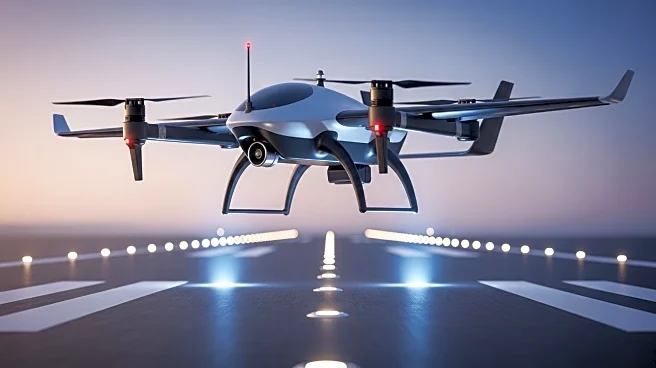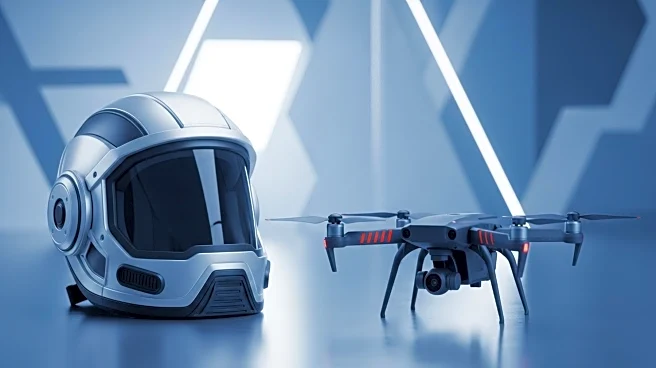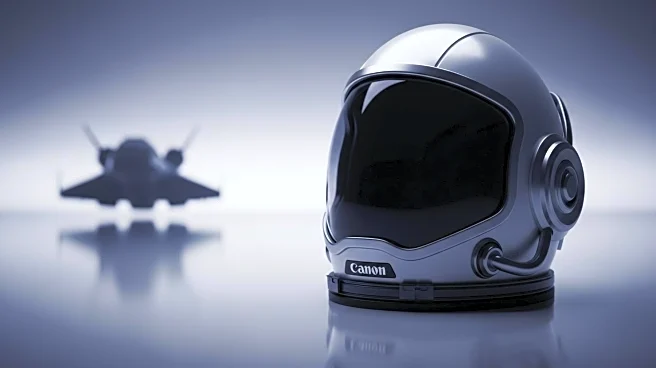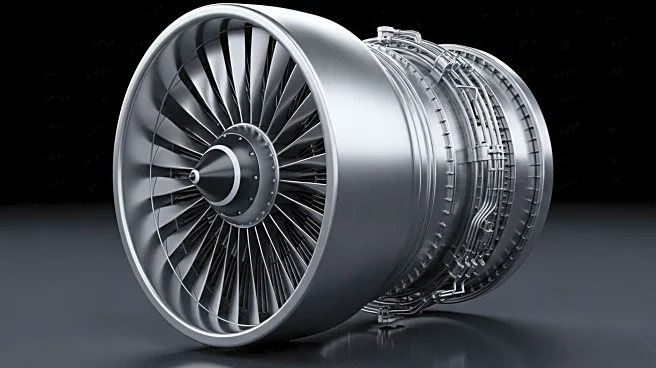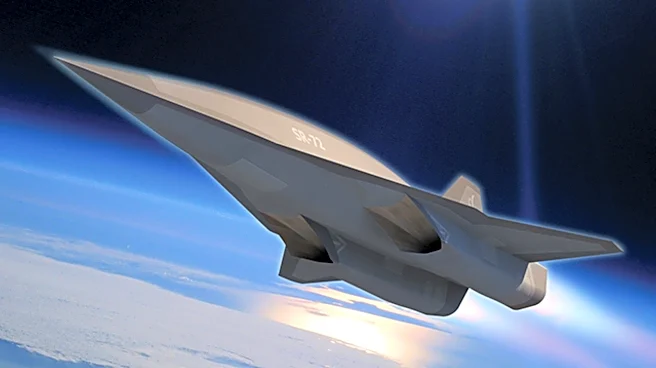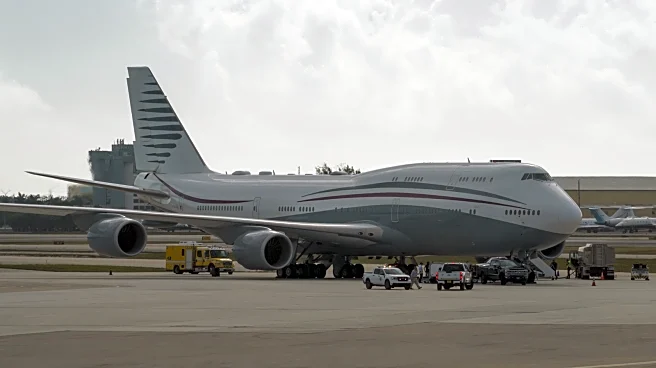Rapid Read • 7 min read
General Atomics has successfully conducted the first flight of its YFQ-42A Collaborative Combat Aircraft (CCA) in collaboration with the U.S. Air Force. The flight took place at Gray Butte Airport in California, a site known for testing the company's Predator and Reaper drones. The YFQ-42A is based on the XQ-67A Off-Board Sensing Station drone, which had its inaugural flight last year. This development marks a significant milestone in the CCA program, which aims to enhance combat capabilities through human-machine teaming. The Air Force Secretary, Troy Meink, highlighted the rapid progression from concept to flight as a testament to innovative acquisition and industry motivation. The program is set to undergo further testing at Edwards Air Force Base and operational assessments at Nellis Air Force Base before deployment.
AD
The successful flight of the YFQ-42A represents a pivotal advancement in military drone technology, emphasizing the U.S. Air Force's commitment to integrating autonomous systems into its operations. This development could significantly impact military strategy by extending the reach and optimizing the performance of warfighters through enhanced human-machine collaboration. The program's funding, bolstered by a one-time reconciliation bill, underscores the strategic importance placed on developing cost-effective and capable unmanned systems. The potential production of these drones could lead to increased operational efficiency and a shift in how air-to-air missions are conducted, potentially reducing the need for manned aircraft in certain scenarios.
Following the initial flight, the YFQ-42A will undergo extensive testing and evaluation to determine its operational readiness. The Air Force plans to make a production decision in fiscal 2026, considering the performance of both General Atomics' and Anduril's prototypes. The decision will influence the scale and scope of future drone deployments. The Air Force has indicated that future iterations of the CCA will focus on affordability and mass production, aiming to build a fleet that can be deployed globally. This strategic direction could lead to a broader adoption of unmanned systems in military operations, potentially reshaping the landscape of aerial combat.
AD
More Stories You Might Enjoy
